In Portugal’s Greater Côa Valley, the restoration of trophic complexity and connectivity is a story of steadily expanding scale.
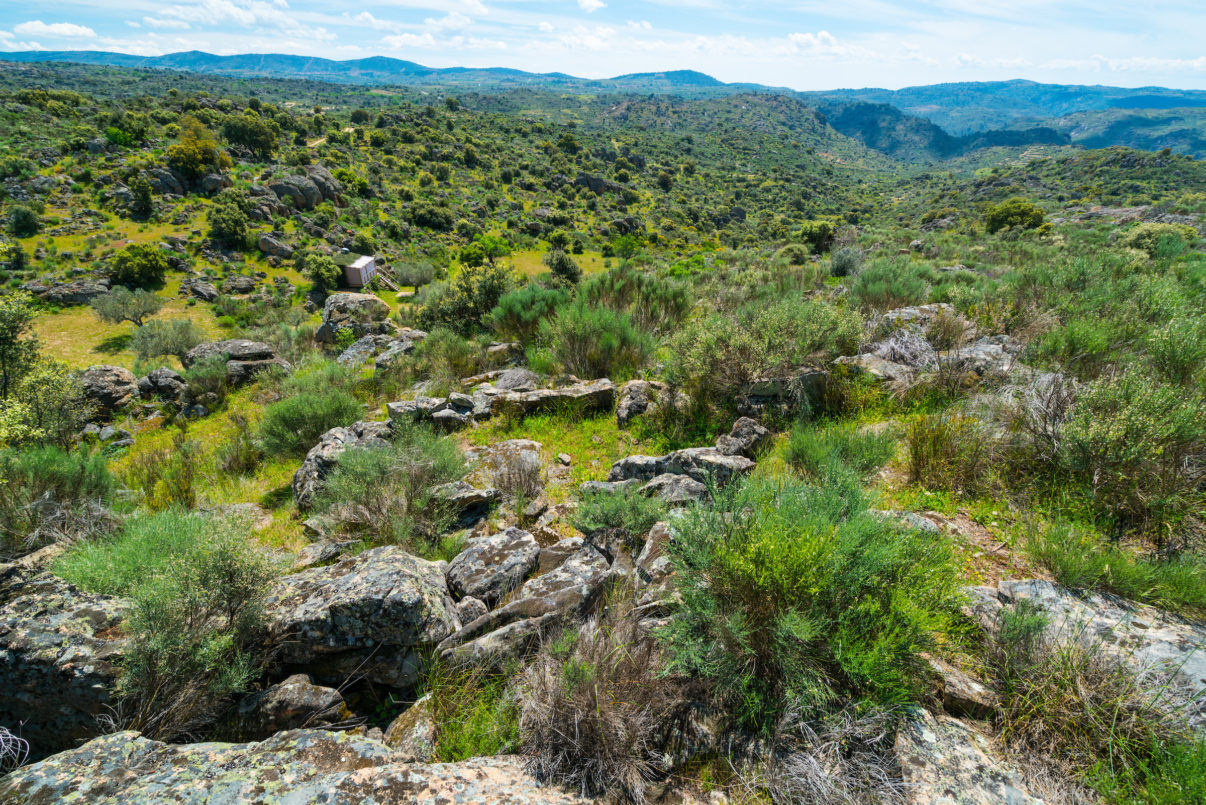
Turning a threat into a fresh start
River gorges, oak forests, rocky heathlands and scattered fields present a spectacular mix in northern Portugal’s Greater Côa Valley, located between the Douro river and Malcata mountain ranges. But not too long ago, much of the Greater Côa Valley was in poor shape. Overgrazing, small-scale intensive agriculture and frequent outbreaks of wildfire degraded the functionality of the landscape, while the overhunting and persecution of keystone species such as Iberian wolf, roe deer and wild boar further impaired local food chains.
“Many people gave up and left for the city, in search of a better life,” explains local wildlife photographer and nature guide Fernando Romão. “They continue to leave today. In some ways, this is a threat. But it’s also a chance to give the valley a fresh start, based on the recovery of wild nature and the more sustainable use of natural resources.”
Scaling up
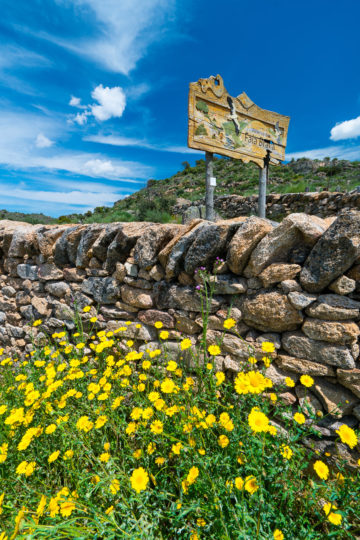
Just as little acorns develop into mighty cork oaks, so the rewilding of the Greater Côa Valley and the surrounding area is a story of steadily expanding scale. The Faia Brava Nature Reserve, which was established by Portuguese NGO ATNatureza in 2000, has been part of the Greater Coâ Valley rewilding area – one of Rewilding Europe’s first operational areas – since 2011. Herds of free-roaming Tauros (a type of ancient bovine) and Garrano horses were introduced, reducing wildfire risk through their grazing and creating habitats favoured by the prey of iconic species such as Iberian lynx, Spanish imperial eagle and Bonelli’s eagle, which in natural circumstances would all be present in this type of landscape.
The new availability of larger carcasses benefitted local Egyptian, griffon and cinereous vulture populations, while a nature-based economy began to take off, with local enterprises supported by Rewilding Europe Capital (Rewilding Europe’s enterprise loan facility), and further aided by the 2015 launch of the Côa Valley Grand Route, a 200-kilometre walking trail crossing the area. As restoration efforts in Faia Brava began to pay off, so the rewilding vision grew to encompass the Greater Côa Valley and the development of a 120,000-hectare wildlife corridor.
“By boosting connectivity, we are slowly but surely transforming the Greater Côa Valley into one of the main ecological corridors for animals in this part of the Iberian Peninsula,” explains Rewilding Portugal team leader Pedro Prata. “At the same time, the recovery of nature is breathing new life into the area’s communities. It will take time, but more equitable, less exploitative connections with the land are reestablishing themselves.”
Connectivity and coexistence
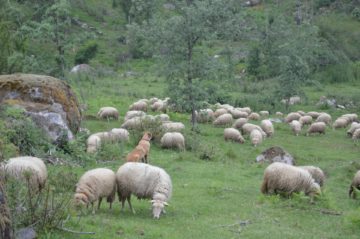
If there is one animal that symbolises human-wildlife coexistence, or a lack of it, on the Iberian peninsula, it is the wolf. The Iberian wolf was once numerous in Portugal, but habitat loss, conflict with humans and the disappearance of prey species have reduced the population to around 300 animals.
“Wolves in Portugal, and across Europe, have come to symbolise the choice between making room for wild nature and wildlife comeback, or not,” says Portuguese wildlife biologist Duarte Cadete, who works for Portuguese NGO Zoo Logical. “These are animals that evoke strong emotions. But if we can learn to coexist peacefully with wolves, it bodes well for the future of all of our wild nature.”
Since 2019, Rewilding Portugal has been working to promote coexistence between Iberian wolves and people in and around the Greater Côa Valley. The overall aim is to boost the connectivity of the Portuguese Iberian wolf sub-population south of the Douro River, which is thought to consist of around nine packs. Efforts are supported by the European Commission through the LIFE programme (LIFE WolFlux) and contribute to the larger Greater Côa Valley rewilding initiative, which is supported by the Endangered Landscapes Programme (ELP) through Rewilding Europe.
Restoring food chains
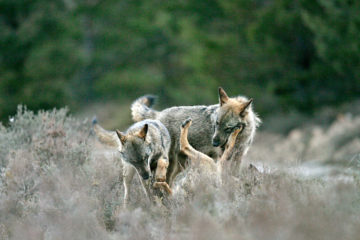
In addition to factors such as habitat loss, low connectivity between packs and conflict with humans, the recovery of the Iberian wolf population south of the Douro is also hampered by a lack of prey. Packs here rely heavily on domestic livestock for food, which can lead to further problems.
“In the Greater Côa Valley and beyond, we want to see Iberian wolves playing a far more functional role in healthy ecosystems,” explains Rewilding Portugal Conservation Officer Sara Aliácar. “This would see them influence the behaviour and population of their wild prey, rather than relying on animals such as sheep and goats.” Measures to boost the availability of natural wolf prey began in 2019, with the University of Aveiro and Rewilding Portugal team carrying out monthly roe deer surveys. Studies have already shown that given a choice, Iberian wolves prefer to prey on wild hooved animals such as roe deer and wild boar, rather than livestock.
Keeping track
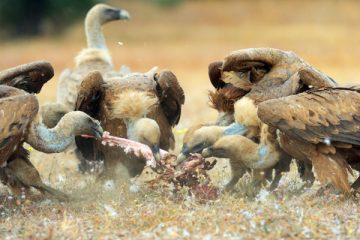
Rewilding efforts in the Greater Côa Valley were given a further boost in 2019 with the start of a five-year ELP-funded project. The restoration of natural processes such as herbivory, carnivory and scavenging – which interconnect in the so-called “Circle of Life” – is an essential element of Greater Côa Valley rewilding. Currently, vultures in the area still rely on a network of artificial feeding stations, which demonstrates the need to reconnect that circle by boosting the availability of wild carrion.
In July 2019 seven griffon vultures from the valley were tagged with GPS transmitters by the Rewilding Portugal team and local partner ATNatureza. The monitoring of raptor species in and around the Greater Côa Valley shows griffon vultures have made a dramatic return here since the 1990s. “Tracking the birds will allow us to see whether they are feeding mostly on the carcasses of domestic livestock, or also on wild herbivores, and how often they visit vulture feeding stations,” says Carlos Pacheco, a raptor expert working for ATNatureza. “This will ultimately enable us to improve the management of food sources for the birds and enhance measures to restore trophic chains.”
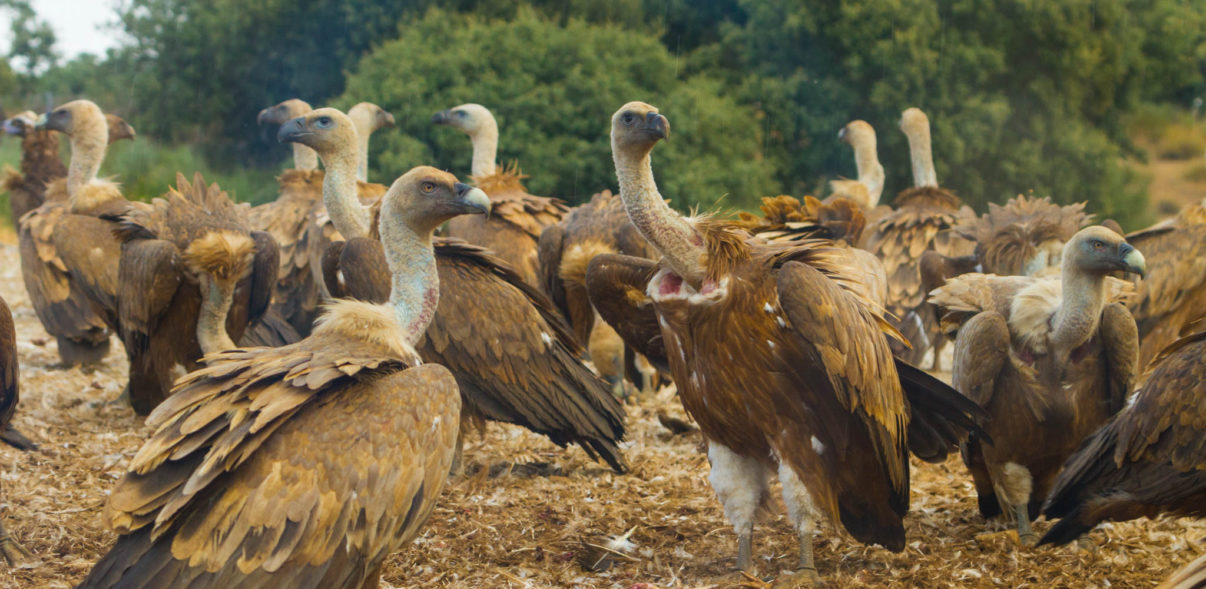
Burgeoning business and culture
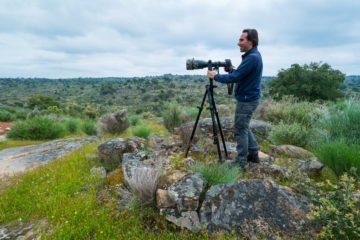
If the rewilding vision for the Greater Côa Valley is to be successful in the long term, it needs to work for people as well as nature. Scaled up rewilding efforts will see new investment in education programmes and training courses for wildlife guides, as well as the development of local enterprises.
“There is huge potential for nature-based tourism in the Greater Côa Valley,” says Fernando Romão, who runs a wildlife watching business himself. “Wolves, for example, are a major drawcard. As the area becomes wilder and better known, such tourism will continue to take off.”
Based on revitalised natural values, the Rewilding Portugal team are also working to forge a new cultural identity for the valley, with preparations underway for a local science and art event in 2021. “People and communities have been part of the valley for centuries,” says Pedro Prata. “As we work towards a future based far more on natural values, and where ecosystems and wildlife populations are self-sustaining, we need to recognise that history. People, wolves, roe deer, vultures – they all deserve a place here. There are many challenges to overcome, but I’m convinced rewilding can make such coexistence a reality.”
Want to know more?
Much of this blog was taken from a story in the Rewilding Europe Annual Review 2019 entitled “Chain reaction”. A PDF of the full story can be downloaded here.
